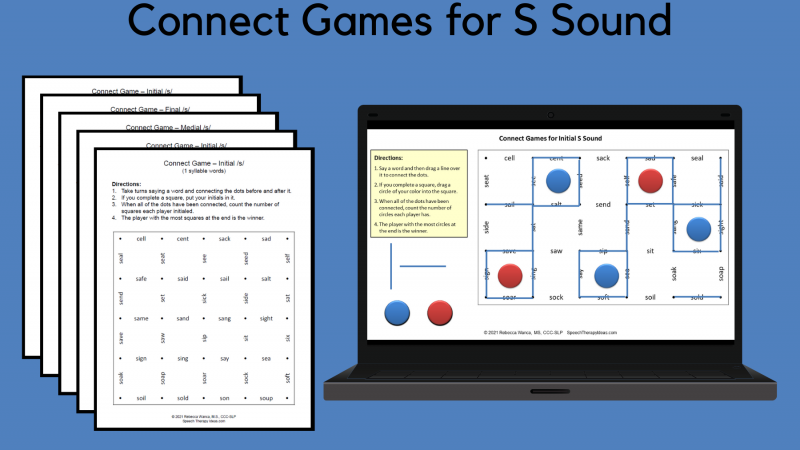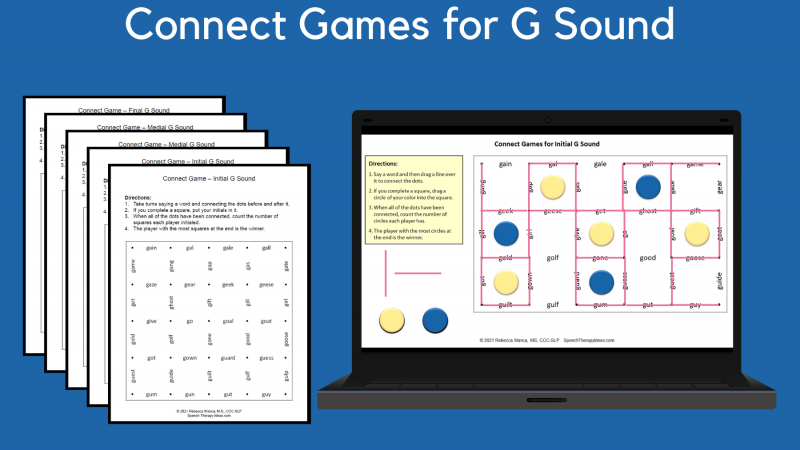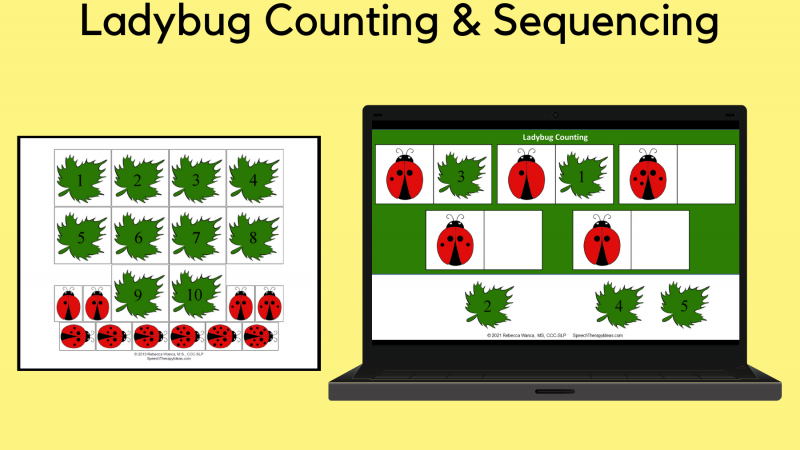Pocket Chart Memory Game for Speech or Language Therapy
 Here is a fun twist on a classic memory game that gets the students up and involved. You can play it with a pocket chart, put the cards up on a board held with magnets, or simply lay the cards out on the table. By choosing different picture or word cards and changing the number of cards used, you can alter the difficulty and the targeted goals.
Here is a fun twist on a classic memory game that gets the students up and involved. You can play it with a pocket chart, put the cards up on a board held with magnets, or simply lay the cards out on the table. By choosing different picture or word cards and changing the number of cards used, you can alter the difficulty and the targeted goals.
What you need:
- two sets of cards (identical or pairs, such as antonyms)
- pocket chart (optional)
Set up:
- Separate the pairs of cards into two stacks.
- Place one set of the cards in the pocket chart in rows and columns so that the picture or word is hidden.
- Deal out four cards face up in front of each player (their cards).
How to play:
- When it’s a player’s turn, he goes up to the pocket chart, turns over a card, and says a sentence using the word.
- If the revealed card matches one of his cards, he takes it off of the chart and matches it with the card at his seat. Deal a new card face up in front of him. He now gets to go back to the pocket chart to turn over another card.
- If the revealed card does not match one of his cards, he sits back down and the next player gets a turn.
- When you run out of extra cards to deal out, play continues until a player has matched all of his cards.
- Once a player has matched all of his cards, play stops and the player with the most matches wins.
This version is different because the players can only make a match with the cards that are in front of them. (I love seeing a student’s eyes light up when another student reveals one of their cards.) I made it harder for my middle school students by eliminating some of the words they could use in their sentences (e.g., I, people, stuff) and requiring a minimum of five words per sentence.
Note: I used masculine pronouns to make the explanation of game play simpler. I do realize that most caseloads include males and females, but putting “he/she” and “his/her” everywhere complicated the sentences.
Please share how you have used this idea in your therapy sessions in the comments section.
Leave a Reply
You must be logged in to post a comment.







Great new idea, Becky! MAHALO NUI!!
Smart, fun twist on a classic